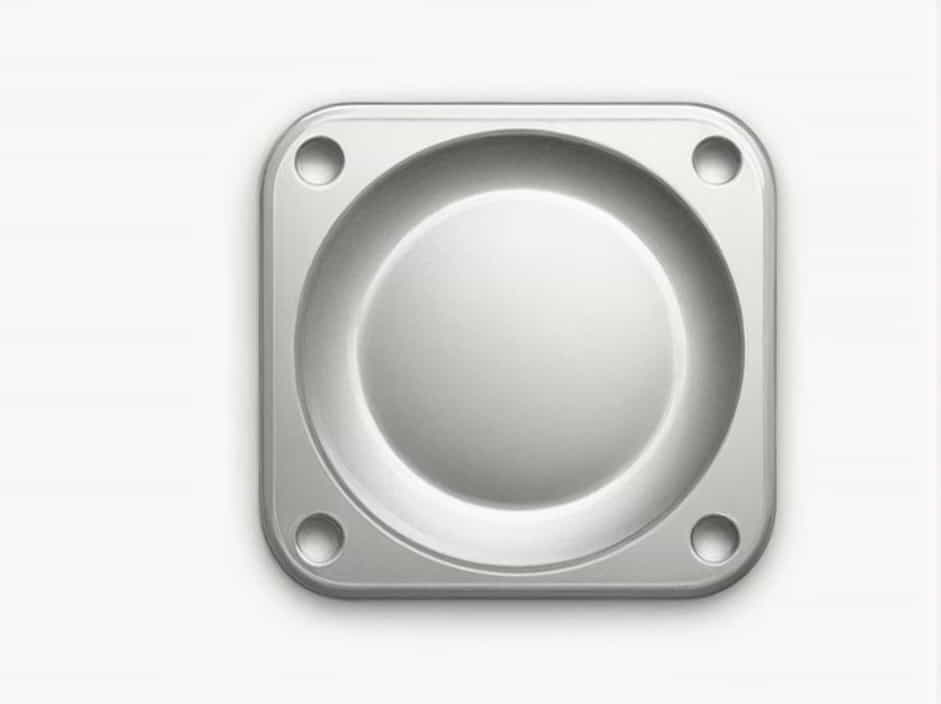Gusset plates are essential structural components used to connect beams, columns, trusses, and braces. They provide stability and distribute loads efficiently across joints. One of the most critical factors in gusset plate design is ensuring the minimum thickness required to handle the applied forces without deformation or failure.
This topic discusses the importance of gusset plate thickness, factors affecting its selection, calculation methods, industry standards, and best practices to ensure structural integrity.
What Is a Gusset Plate?
A gusset plate is a flat steel plate used in structural connections. It reinforces joints by transferring forces between connected members. These plates are commonly found in bridges, buildings, transmission towers, and industrial structures.
The thickness of a gusset plate plays a crucial role in ensuring the strength, rigidity, and longevity of a structure. If the plate is too thin, it may bend, buckle, or fail under load. Conversely, an excessively thick plate can increase material costs and add unnecessary weight.
Why Is Minimum Thickness Important?
1. Prevents Buckling and Deformation
A thin gusset plate may bend or buckle under compression, leading to structural instability.
2. Ensures Load Transfer Efficiency
Proper thickness allows the plate to distribute forces effectively between beams, columns, and braces.
3. Complies with Structural Codes
Industry standards and regulations specify minimum thickness requirements to maintain safety and reliability.
4. Reduces Maintenance Costs
Adequate plate thickness minimizes the risk of cracking, fatigue, and long-term wear, reducing the need for frequent repairs.
5. Optimizes Material Usage
Selecting the correct thickness balances strength and cost, avoiding unnecessary material usage.
Factors Affecting Minimum Thickness of Gusset Plates
1. Load and Stress Conditions
-
The applied force (tension, compression, shear, or bending) determines the required thickness.
-
Higher loads require thicker plates to prevent failure.
2. Plate Material Strength
-
Gusset plates are typically made from steel (A36, A572, or A992).
-
Higher-strength materials allow thinner plates while maintaining structural integrity.
3. Connection Type
-
Bolted or riveted connections require thicker plates to resist bearing stress and shear failure.
-
Welded connections may allow for thinner plates, depending on the weld strength.
4. Plate Size and Geometry
-
Larger plates with unsupported edges are more prone to buckling, requiring greater thickness.
-
Plate stiffeners or reinforcements can reduce thickness requirements.
5. Industry Standards and Building Codes
- Structural codes such as AISC (American Institute of Steel Construction) and Eurocode provide guidelines for minimum gusset plate thickness.
Minimum Thickness Requirements Based on Standards
Industry standards specify minimum thickness values to ensure safety and compliance.
AISC (American Institute of Steel Construction) Guidelines
-
Minimum thickness = 6 mm (1/4 inch) for standard applications.
-
For bolted connections: Plate thickness should be greater than the bolt diameter to prevent local deformation.
-
For compression members: Use Euler’s buckling equation to determine the required thickness.
Eurocode 3 (EN 1993-1-8) Guidelines
-
Minimum thickness depends on member forces, bolt size, and welding strength.
-
Plates in high-stress areas may require thickness above 10 mm (3/8 inch).
General Engineering Recommendations
| Application | Typical Thickness Range |
|---|---|
| Light-duty structures (e.g., small trusses) | 6 – 8 mm (1/4 – 5/16 inch) |
| Medium-duty structures (e.g., building frames) | 8 – 12 mm (5/16 – 1/2 inch) |
| Heavy-duty structures (e.g., bridges, towers) | 12 – 25 mm (1/2 – 1 inch) |
How to Calculate Minimum Gusset Plate Thickness
The thickness of a gusset plate is determined using structural analysis equations based on bending, shear, and buckling considerations.
1. Shear Strength Formula
To prevent shear failure:
Where:
-
t = Plate thickness (mm)
-
V = Shear force (N or kN)
-
f_y = Yield strength of steel (MPa)
-
B = Plate width (mm)
2. Buckling Resistance Formula
To prevent plate buckling:
Where:
-
L = Unsupported plate length (mm)
-
k = Buckling coefficient (depends on edge conditions)
-
f_y = Yield strength of steel (MPa)
3. Bearing Stress Check for Bolted Connections
For bolted connections, the thickness must prevent bearing failure:
Where:
-
d = Bolt diameter (mm)
-
f_y = Yield strength of steel (MPa)
Best Practices for Selecting Gusset Plate Thickness
1. Follow Structural Standards
- Use AISC, Eurocode, or local building codes to determine thickness requirements.
2. Ensure Proper Load Distribution
- Verify that the plate thickness supports the applied forces without excessive stress concentration.
3. Consider Plate Stiffeners
- If the plate is too thin, adding stiffeners can improve strength without increasing thickness.
4. Use High-Strength Materials When Possible
- High-strength steel allows thinner plates while maintaining load capacity.
5. Optimize Welding and Bolt Placement
- Proper welding and bolt spacing reduce stress concentrations, allowing for efficient material use.
6. Regularly Inspect and Maintain Connections
- Gusset plates should be inspected for cracks, corrosion, and deformations that could affect their performance.
Common Mistakes to Avoid
1. Using an Undersized Plate
- A plate that is too thin will buckle or deform, compromising the structure.
2. Overdesigning the Plate
- Using excessive thickness increases costs and weight unnecessarily.
3. Ignoring Connection Type
- Bolted and welded connections have different thickness requirements.
4. Overlooking Environmental Factors
- Corrosion in marine or industrial environments may require additional thickness to ensure longevity.
5. Neglecting Inspection and Maintenance
- Over time, fatigue and corrosion can reduce the plate’s effective strength.
Selecting the minimum thickness for a gusset plate is essential for structural integrity and cost efficiency. Factors such as load conditions, material strength, connection type, and industry standards must be carefully considered.
By following engineering calculations, industry guidelines, and best practices, designers can ensure that gusset plates provide reliable performance and long-term durability. Regular inspection and maintenance further enhance safety and structural stability.
